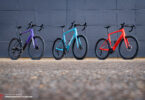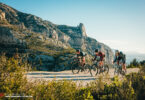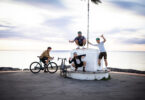Presenting the 2022 Orbea Terra gravel bike – What’s changed?
The standout features of the new Orbea Terra are claimed to be minimal weight and lots of compliance. Thanks to optimised tube thicknesses and geometry, the gravel bike promises to dampen impacts and vibrations, offering easy handling in every kind of terrain and accommodating riders of all skill levels. Read on for all the details about the Spanish brand’s latest gravel bullet.
The former Spanish armoury aim to conquer the gravel bike market with custom configurations and convenient features. The new Terra is available in six stock builds and six sizes. However, that’s where the standard models end as the MyO configurator allows you to choose freely from a sensible selection of wheels, handlebars, drivetrains and tires. The customer is equally spoiled for choice regarding the colour, which is why the number of different models is almost infinite, according to Adam Riese, offering mass customisation. That way, Orbea want to provide the perfect gravel bike for all adventurers, explorers and gravel enthusiasts.

Components and details of the Orbea Terra
The six basic configurations of the Orbea Terra have a few points in common. For example, they all feature internal cable routing throughout, hidden inside the handlebar, stem and frame. As such, attaching bikepacking bags to the handlebar is a lot less fiddly. All bikes can be configured with a 2x drivetrain. However, the small chainring is limited to a maximum of 34 teeth due to the asymmetrical chainstays, which is entirely sufficient for a gravel bike. Compared to the previous model, the somewhat slacker seat tube angle and reduced wall thickness along certain sections of the seat tube should improve compliance without compromising efficiency. The seat post diameter is 27.2 mm, making it compatible with dropper posts. Unfortunately, there are none available in the configurator.
However, the configurator does have the option of speccing the bike with fenders so that you’re perfectly equipped for wet weather riding straight out the box. These get attached via inconspicuous mounting points integrated into the thru-axle(s). On the downside, you’ll have to accept a loss in tire clearance with the fenders attached, allowing a maximum tire width of 35 mm. Without fenders, you should have enough clearance for tires measuring up to 700x45C or 650x50B. Alongside this, the Terra features other smart details, such as the frame protector on the down tube and the drive-side chainstay and a neat rubber cover for the seat post clamp. Besides the 450 g weight saving, the carbon models have the advantage of the so-called LOCKR, a roomy storage compartment integrated into the down tube. For example, you can use it to store a spare tube, multitool, CO2 cartridge, snacks, and your car keys.
Thanks to the storage compartment and bosses for three bottle cages, there’s nothing to stand in the way of a backpack-free ride. That said, it’s a pity there aren’t any additional bosses that you could use to attach bikepacking bags, such as on the fork legs and top tube. Hardcore adventurers are likely to want a few more bag mounting options.
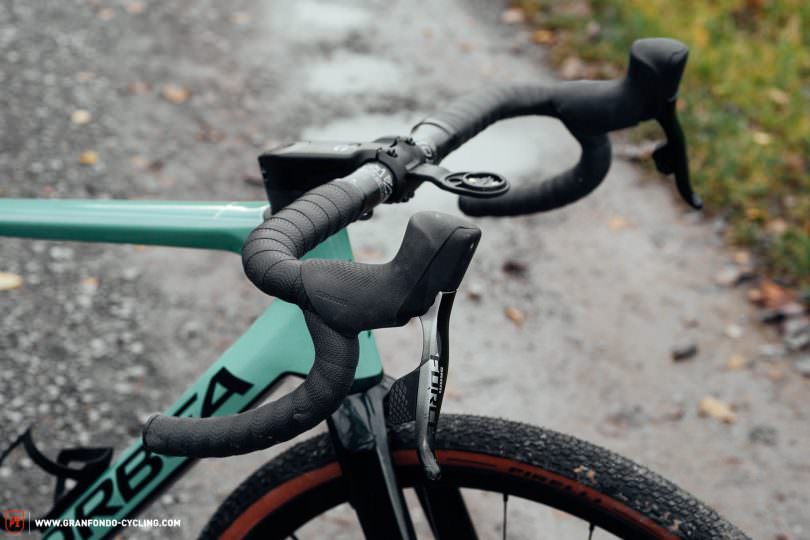
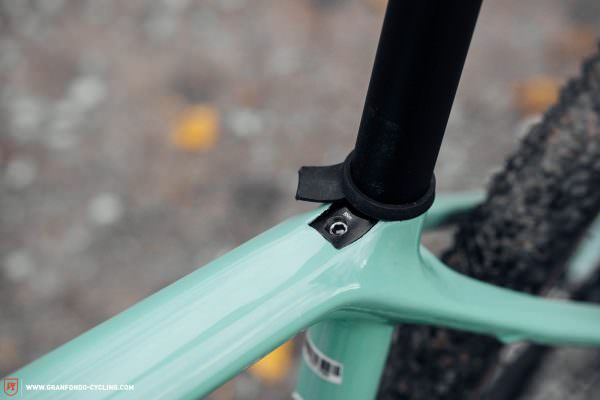
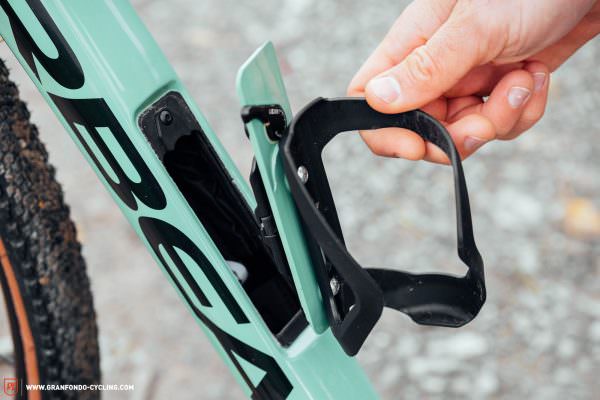
The geometry and hard facts of the new Orbea Terra
The wheelbase and top tube of the Orbea Terra have become longer than the predecessor, while the stem has been shortened, which is said to make the bike more composed yet also more agile. The scant 280 mm bottom bracket height and slack 71° head angle of the size L should also stabilise the handling. See the table below for all the geometry figures.
| Size | XS | S | M | L | XL | XXL |
|---|---|---|---|---|---|---|
| Top tube | 526 mm | 539 mm | 558 mm | 570 mm | 590 mm | 603 mm |
| Seat tube | 405 mm | 438 mm | 471 mm | 504 mm | 537 mm | 570 mm |
| Head tube | 110 mm | 131 mm | 152 mm | 178 mm | 199 mm | 220 mm | Head angle | 70° | 70.5° | 71° | 71° | 71.5° | 72° |
| Seat angle | 74° | 74° | 73.5° | 73.5° | 73° | 73° |
| Chainstays | 420 mm | 420 mm | 420 mm | 420 mm | 420 mm | 420 mm |
| BB Drop | 78 mm | 78 mm | 78 mm | 78 mm | 78 mm | 78 mm |
| Wheelbase | 1,009 mm | 1,019 mm | 1,029 mm | 1,044 mm | 1,053 mm | 1,062 mm |
| Reach | 375 mm | 382 mm | 389 mm | 395 mm | 402 mm | 409 mm |
| Stack | 526 mm | 548 mm | 570 mm | 592 mm | 614 mm | 636 mm |
The long carbon fork is supposed to absorb light impacts and vibrations from the ground, thus instilling the rider with confidence. The flagship configuration, the Orbea Terra M21E 1X TEAM, comes with a SRAM Force eTap AXS groupset and Fulcrum Rapid Red 500 wheels. The bike is claimed to weigh 9.1 kg in frame size M and is well-priced at € 4,999. For the various base builds, see the table below.
| Model | Group | Wheels | Price |
|---|---|---|---|
| Terra M21E 1X Team | Sram Force AXS | Fulcrum Rapid Red 500 | € 4,999 |
| Terra M20i Team | Shimano GRX Di2 | Fulcrum Rapid Red 900 | € 4,599 |
| Terra M22 Team (USA only) | Campagnolo Ekar | Fulcrum Rapid Red 500 | € 3,799 | Terra M31E Team | Sram Rival AXS | Fulcrum Rapid Red 900 | € 3,399 |
| Terra M20 Team | Shimano GRX | Orbea Road DB | € 2,999 |
| Terra M30 1X Team | Shimano GRX | Orbea Road DB | € 2,899 |
| Terra M30 Team | Shimano GRX | Orbea Road DB | € 2,599 |
With the new Terra, Orbea present an up to date gravel bike, offering various builds and lots of customisation options. They’ve made some clever improvements and the price point is fair. However, it isn’t the lightest at 9.1 kg. Gravel adventurers will be happy with the tire clearance, though they’re likely to want additional mounting options. We’ll have to wait to put the Orbea Terra to the test to see how it fares.
For more information, visit orbea.com
If you want to find out which gravel bike best suits you, then check out our interactive gravel bike buyer’s guide.
Did you enjoy this article? If so, we would be stoked if you decide to support us with a monthly contribution. By becoming a supporter of GRAN FONDO, you will help secure a sustainable future for high-quality cycling journalism. Click here to learn more.
Words: Julian Schwede Photos: Peter Walker



